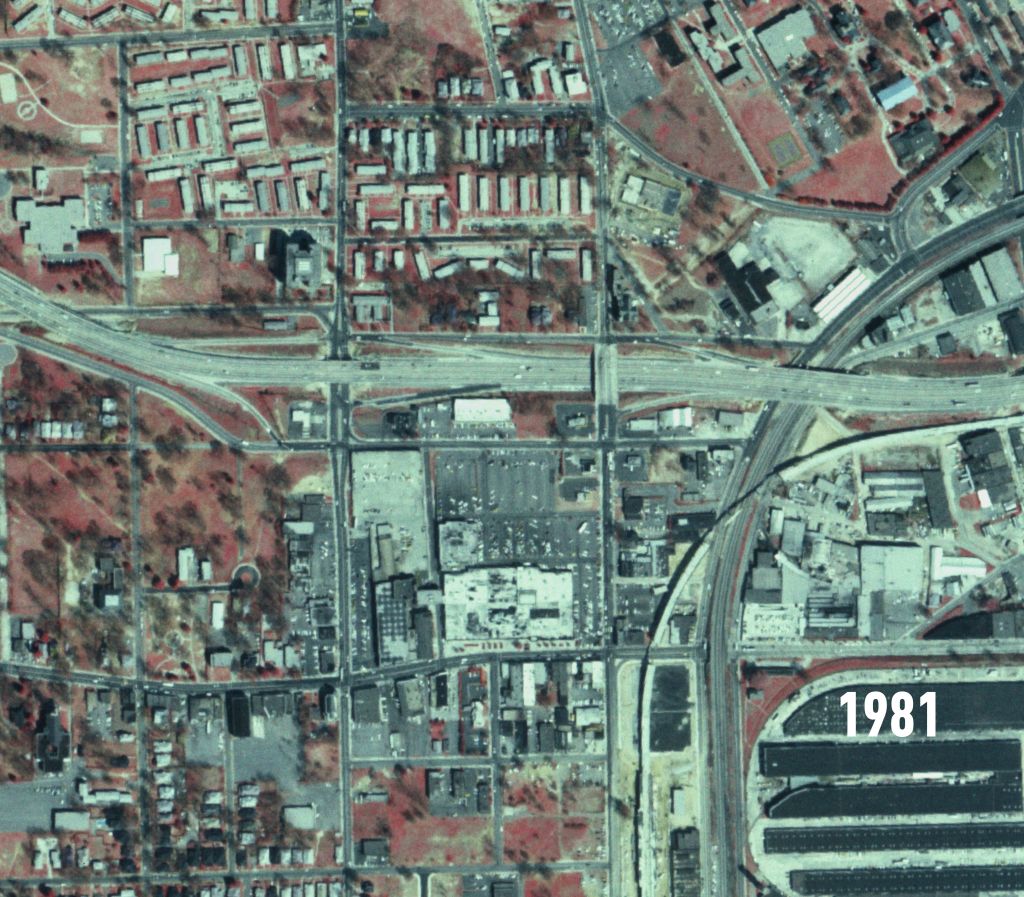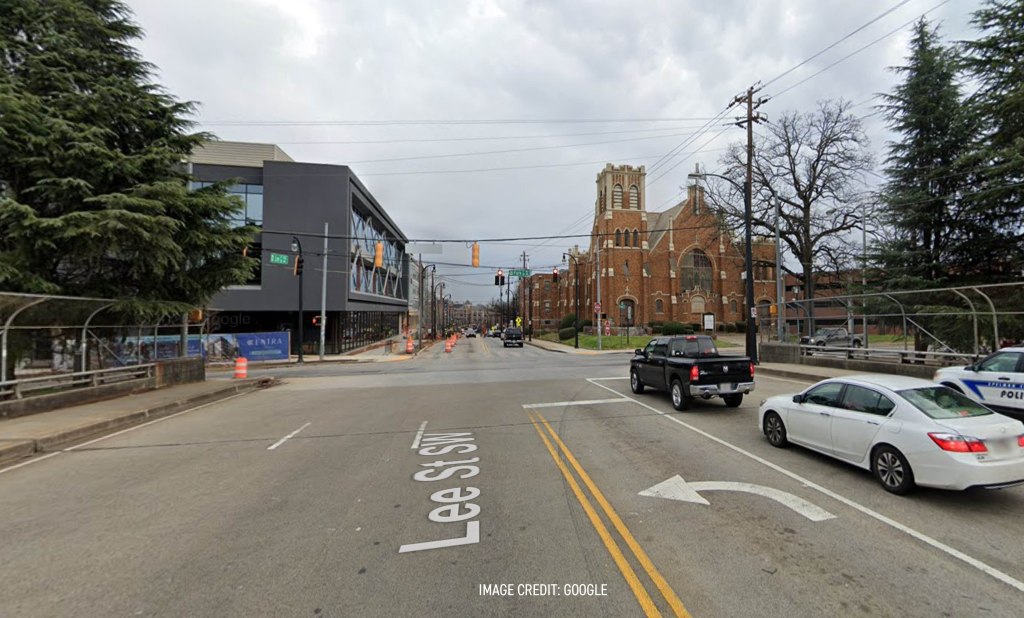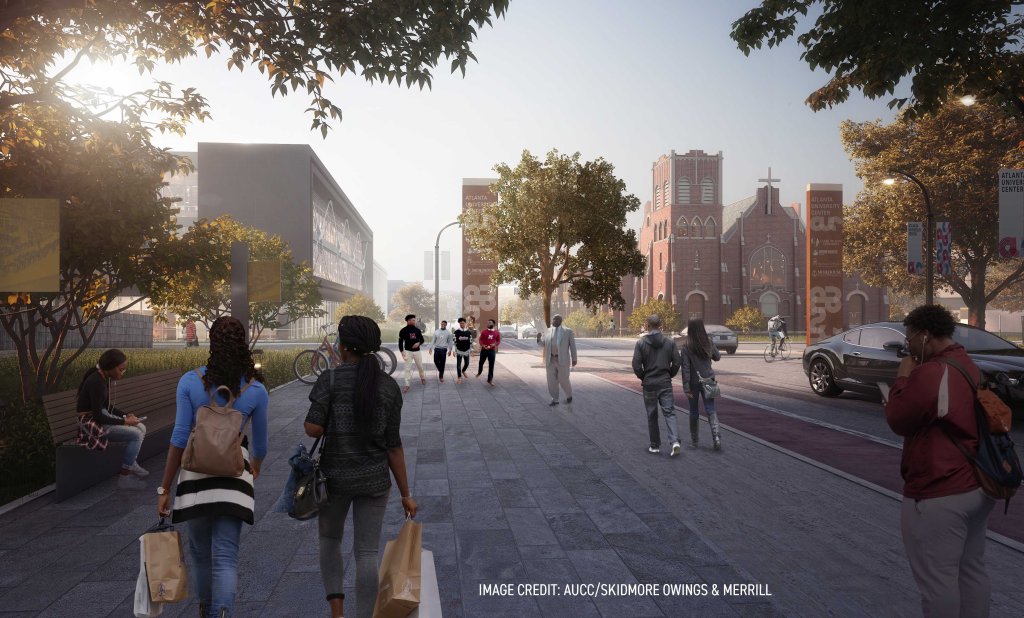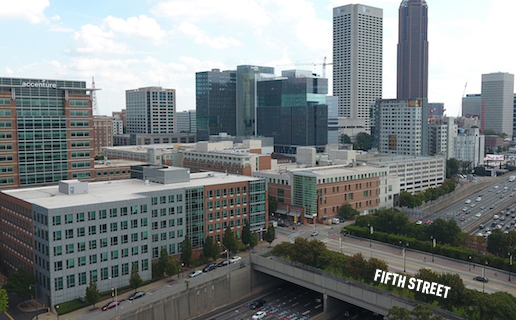(ideas.work.) Much has been made recently of the fact that many of America’s highways are racist. It started when USDOT Secretary Pete Buttigieg told April Ryan in an interview with TheGrio, “Often this wasn’t just an act of neglect. Often this was a conscious choice. There is racism physically built into some of our highways, and that’s why the jobs plan has dollars specifically committed to reconnect some of the communities that were divided…”
I have eternal admiration for that kind of talk at such a high-level. The truth is so fresh. After all, most urban highways are racist. Some white neighborhoods were also carved up by highways over the last century, of course, but because decisions about the location of highways were determined by the discriminatory mindset of American public policy prior to federal civil rights legislation like the Voting Rights Act of 1965, they did far more damage to Black and Brown communities. For example, not long after Fortune magazine famously called Auburn Avenue the “richest Negro street in the world” in 1956, the planned downtown connector’s mind-boggling, traffic-inducing “Grady Curve” was intentionally warped around the east side of the central business district to break the back of Sweet Auburn.
A similar thing happened with the alignment of I-20 immediately southwest of downtown. It was designed to create a barrier between the African American neighborhoods surrounding the Atlanta University Center, a prominent collection of HBCUs, (the AUC currently includes Spelman College, Morehouse College, Morehouse School of Medicine, and Clark Atlanta University), and West End, a historically upper-crust white neighborhood to the south. These aerial images tell the brutal story. In 1960, a huge swath west of the AUC was cleared for public housing. Then the highway came through in the mid-60s. By the 1980s, most of eastern West End had also been cleared for commercial development. Rather than providing support for communities to rebuild their own lives, this destruction was the intentional outcome of government policy. And the legacy of that loss lives on today.
White flight brought demographic change to West End anyway, and the neighborhood soon became the origin point of Atlanta’s legendary African American middle class. That history is central to the identity of West End today, and while it helped stabilize the community, the legacy of discriminatory policies continued to wreak havoc throughout the twentieth century. More recently, as new market forces of growth are poised to transform West End again, we need ideas for undoing that damage and restoring connections that help the community thrive. One simple solution is to renew connections across racist highways like I-20. I’m currently working on the redevelopment of the West End Mall, which is at the heart of the commercial district, and thinking a lot about the need for a strong physical and symbolic connection between West End and the AUC.
Fortunately, the AUC completed a new masterplan about a year ago that envisions a beautiful connection between the schools and West End along Lee Street. Check out the proposed transformation of the bridge over I-20. This view is looking north toward the schools. The mall and West End MARTA Station are a couple block behind you to the south. Go a little further south and you’re at the Atlanta Beltline.
Streetsblog recently included the Buttigieg quote in a story called, “ZOOM CALL: Experts See Opportunities in Biden Highway Plan.” They also talked to my US Representative Nikema Williams, who won the seat of the late legend John Lewis and is now on The House Committee on Infrastructure and Infrastructure. The article says, “she wants to see new investments in the redesign and reconstruction of freeways in urban areas, competitive grant programs for minority- and women-owned businesses, additional funding for technical assistance to help community-based projects get ahead, and land trusts to help people retain their wealth.”
Wow. You can begin to imagine how anti-racist policies might begin to transform the growth of the city into a powerful force for good.
A few days later, the Atlanta Journal-Constitution published a story, “Biden plan could aid Atlanta neighborhoods scarred by highways.” It says Representative Williams sponsored a bill that could “undo some of the harm caused by highway construction.” The story quotes her saying, “These interstates led to the demolition of schools, homes, churches… These interstates were put right through the middle of communities.”
The AJC also quotes Dr. Catherine Ross, a global expert on transportation and urban growth at Georgia Tech – and also one of my old professors. “When you run a major interstate through the heart of a city, it’s obviously disruptive.”
She would know. Dr. Ross led the Georgia Regional Transportation Authority when the state upgraded the Fifth Street bridge over the downtown connector that had long divided Georgia Tech and Midtown. The desolate experience I remember walking across that bridge as a student in the 1990s was transformed into an inviting park-like streetscape with seating, trees, and lighting. The project was completed in conjunction with the Tech Square development, and the resulting explosion of investment in the area today demonstrates the power of strengthening connections across these racist highways. It’s exactly the kind of investment needed on Lee Street.
The benefits go both ways. Midtown was transformed into a thriving urban district as a result of that improved relationship. Meanwhile, the Georgia Tech also grew considerably. Companies now tap into pipelines of talent and research coming out of the school, while students and faculty get jobs and grants from those companies. The improved physical environment helps the school attract top talent, and all those people animate life on the streets of midtown and support local businesses. The AUC and West End deserve that kind of virtuous investment cycle. The Lee Street bridge stands out as an incredibly modest investment in that future – with an outsized impact that can directly address the legacy of racist highways. >> Ryan Gravel







